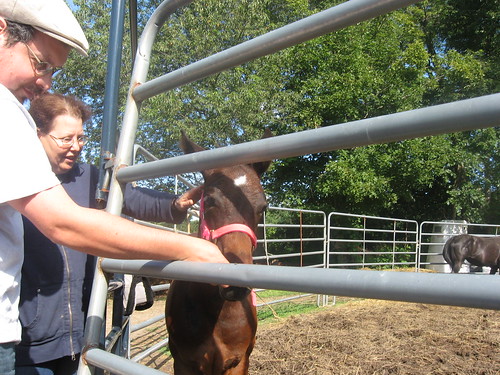|
|
🦋 What the Greeks taught us

Imagine the scene in Correggio's studio that day, Blanche. With his brush the man points: 'Lift it up, so. No, not with the hand, just with two fingers.' He crosses the floor, shows her. 'So.' And the woman obeys, doing with her body as he commands. Other men watching all the while from the shadows: apprentices, fellow painters, visitors.Who knows who she was, his model that day: a woman from the streets? the wife of a patron? The atmosphere in the studio electric, but with what? Erotic energy? The penises of all those men, their verges, tingling? Undoubtedly. Yet something else in the air too. Worship. ... The humanities teach us humanity. After the centuries-long Christian night, the humanities give us back our beauty. This passage at the end of Chapter 5, where Elizabeth is taking up her pen to write about the conflict between religion and beauty, is reminding me of the objection I had to Death with Interruptions, that it was too predictable; reminding me of that objection because this book is so much the opposite of that one. Elizabeth's action here is completely unexpected, surprising, startling; and yet it fits, it is exactly what needs to happen in the book at this point.There is a lot of painting in this chapter. Besides Correggio we saw reference to Hans Holbein and to Matthias Grünewald -- Blanche using them as examples of Reformation artists who painted the ugliness of crucified Christ.

posted evening of Tuesday, February 10th, 2009
➳ More posts about Elizabeth Costello
➳ More posts about J.M. Coetzee
➳ More posts about Readings
| |
|
Drop me a line! or, sign my Guestbook.
•
Check out Ellen's writing at Patch.com.
| |

